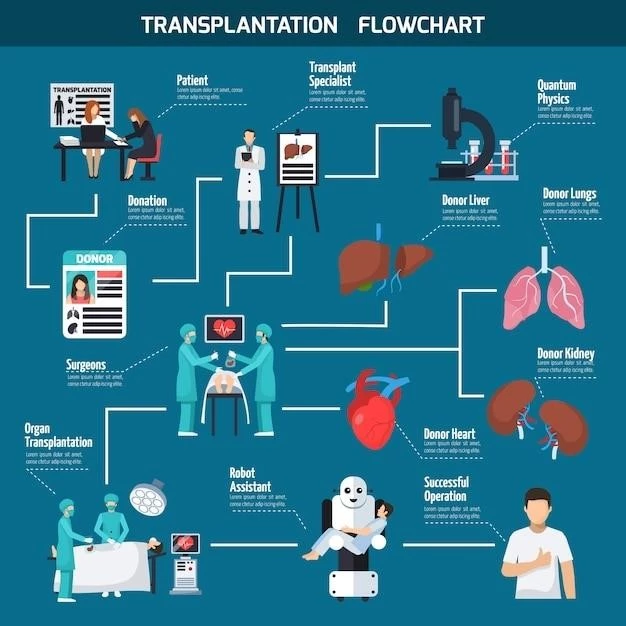Introduction
Toxoplasmosis is a common infection caused by the parasite Toxoplasma gondii, affecting various organs. Learn about transmission, symptoms, and prevention!
Overview of Toxoplasmosis
Toxoplasmosis is an infectious disease caused by the Toxoplasma gondii parasite. It can be transmitted through contaminated food or cat feces. Learn about its symptoms, diagnosis, treatment, and prevention methods to protect yourself and your loved ones.
Causes and Transmission
Learn how Toxoplasma gondii, the parasite responsible for toxoplasmosis infections, spreads through cat feces and contaminated food. Stay informed to prevent transmission!
Understanding Toxoplasma gondii
Toxoplasmosis is an infectious disease caused by the parasite Toxoplasma gondii. This parasite can infect various organs and systems in both humans and animals, leading to a range of health issues. Understanding the biology and transmission of Toxoplasma gondii is crucial in preventing and managing toxoplasmosis infections.
Transmission through Cats and Contaminated Food
Toxoplasmosis can be transmitted through cat feces, contaminated soil, and consumption of undercooked meat. Learn how to prevent exposure to the Toxoplasma gondii parasite to reduce the risk of infection.
Symptoms and Diagnosis
Recognize the signs of Toxoplasmosis and understand the diagnostic methods available for accurate identification of this parasitic infection.
Recognizing the Signs of Toxoplasmosis
Noticing the symptoms of Toxoplasmosis is crucial for timely diagnosis and treatment. Look out for flu-like symptoms, swollen lymph nodes, and muscle aches as potential signs of infection.
Diagnostic Methods for Toxoplasmosis
Diagnosing Toxoplasmosis typically involves serologic testing to identify antibodies indicative of infection. The IgG test confirms a past infection, while IgM testing helps estimate the timing of infection, crucial for pregnant individuals. Additional methods include PCR, histological, and cytological examinations for accurate diagnosis and timely management.

Risk Factors and Complications
Understand the vulnerable populations and potential complications associated with Toxoplasmosis infection. Stay informed to protect yourself and your loved ones.
Some vulnerable populations, such as pregnant individuals and immunocompromised patients, are at higher risk of severe complications from Toxoplasmosis. Understanding these risks and complications is crucial for effective management and prevention of the disease. Stay informed to protect those most at risk.

Treatment and Prevention
Implement management strategies for Toxoplasmosis infection and follow preventive measures diligently to avoid Toxoplasma gondii transmission.
Vulnerable Populations and Potential Complications
Individuals most at risk for severe complications from Toxoplasmosis include pregnant women and those with weakened immune systems. Understanding these vulnerable populations and potential health risks is essential for implementing preventive measures and seeking appropriate medical care.
Preventive Measures to Avoid Toxoplasma gondii Infection
To prevent Toxoplasma gondii infection, individuals should be cautious when handling cat litter, practice good hygiene, cook meat thoroughly, wash fruits and vegetables, and avoid drinking untreated water. Pregnant women, in particular, should take extra precautions to reduce the risk of transmission to the fetus.
Impact on Pregnancy
Understanding the risks of Toxoplasmosis during pregnancy is crucial. Implement preventive measures to protect yourself and your unborn child.
Congenital Toxoplasmosis and Pregnancy Risks
Congenital toxoplasmosis poses serious risks during pregnancy, particularly when the mother contracts the infection for the first time. Understanding these risks is essential for safeguarding the health of both the pregnant individual and the unborn child. Take preventive measures to minimize the chances of infection and seek medical advice promptly if needed.
Conclusion
Being informed about Toxoplasmosis, its transmission, symptoms, diagnosis, treatment, and prevention is crucial. By understanding the risks associated with this parasitic infection, implementing preventive measures, and seeking timely medical attention, you can protect yourself, your loved ones, and potentially unborn children from the complications that may arise. Stay vigilant and prioritize your health and well-being by staying aware of the necessary precautions to avoid Toxoplasma gondii infection.
